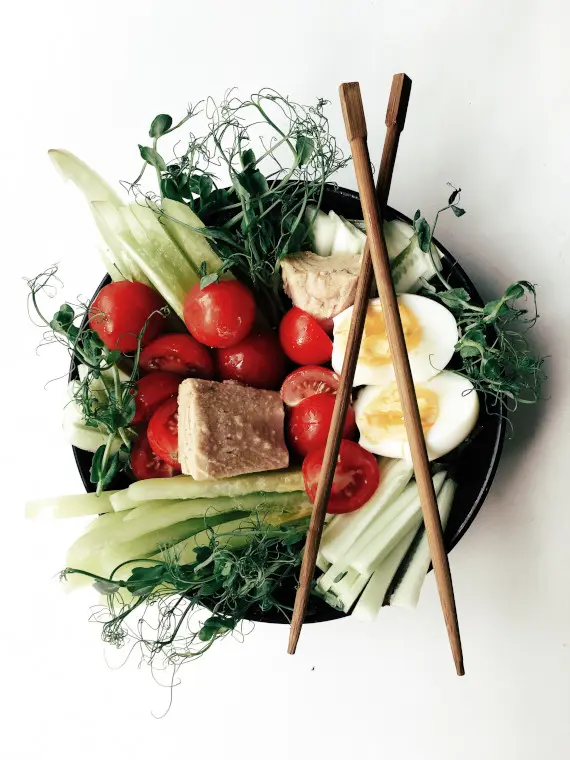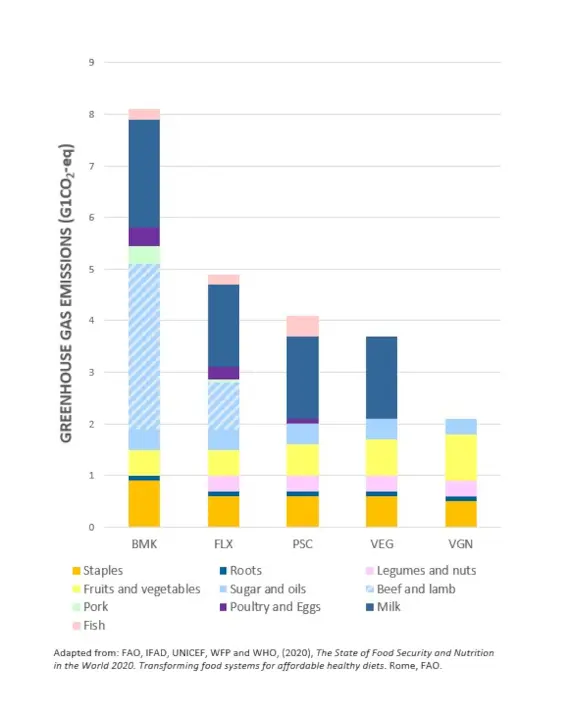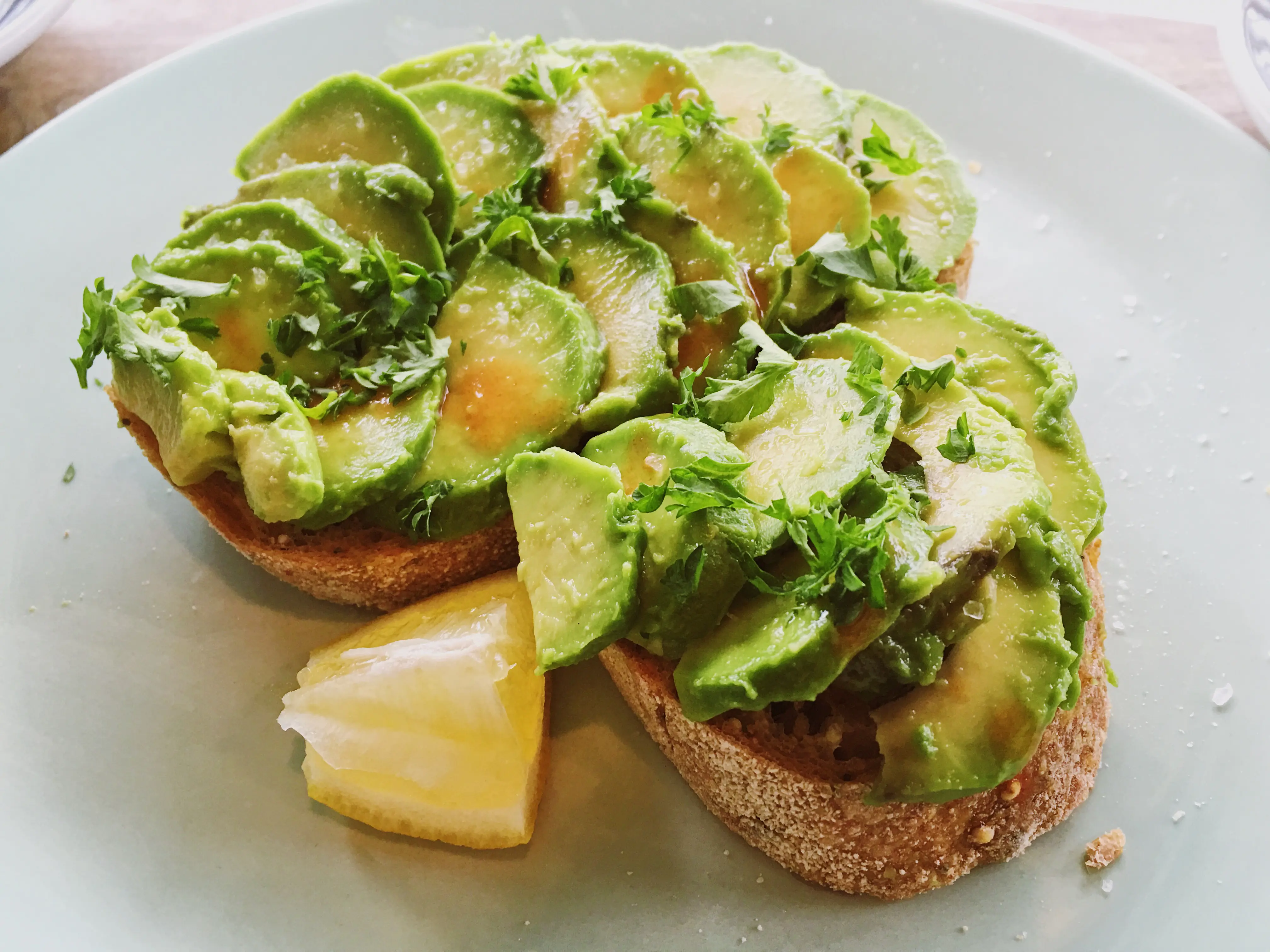WHAT ARE THE BEST PLANT SWAPS?
Across our varying cuisines and dietary patterns, animal foods typically provide a number of important nutrients in our diets such as calcium, iron, zinc, iodine, vitamin B12 and riboflavin. So as we strive to include more plant based foods in our diets, including a diverse range of plant sources of these nutrients is the key to a healthy and a nutritionally complete plant based diet.
Take a look at the plant swaps page to find plant sources of these nutrients.
WHAT'S A HEALTH HALO?
Did you know chips are plant based?
Being plant based doesn’t mean something is automatically healthy too. This is often referred to as a ‘Health Halo’. The growth of ready made plant-based alternative foods has made this type of diet easier and more convenient to follow, however some of these prepared alternatives are not as healthy as they appear. To avoid this pitfall, when choosing prepared options, go for ones which include a good diversity of plants based foods (such as 2-3 of the examples listed below, as this will provide a balanced range of nutrients as well as improve the protein quality provided) with minimal added fats, salt or sugars.
DO PLANT FORWARD DIETS PROVIDE ENOUGH PROTEIN?
Our diets provide proteins that our bodies need for growth and repair. Proteins are made up of amino acids, also known as ‘building blocks’. There are 8 amino acids which our bodies can’t make so must be provided by our diets, these are known as essential amino acids.
Leucine, Isoleucine, Valine, Threonine, Methionine, Phenylalanine, Tryptophan, Lysine
Animal based foods, such as meat, fish, eggs and dairy, typically provide all 8 essential amino acids whereas most plant sources do not. However, this can be easily addressed by mixing different types plant sources together (e.g. lentil dahl with rice or pearl barley with chickpeas).






